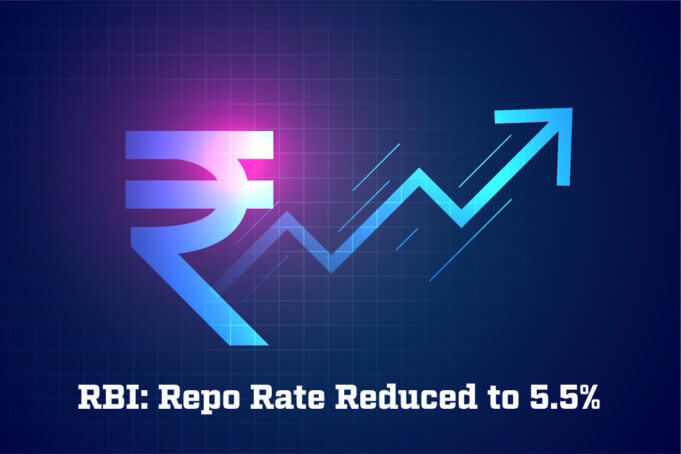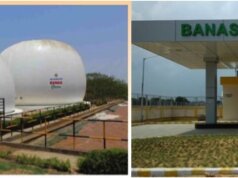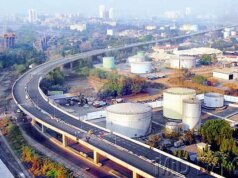The Monetary Policy Committee (MPC), led by RBI Governor Shri Sanjay Malhotra, held its 55th meeting from June 4 to 6, 2025. After reviewing the evolving macroeconomic landscape, the committee decided to reduce the policy repo rate by 50 basis points, bringing it down to 5.50 percent with immediate effect. Consequently, the standing deposit facility (SDF) rate was revised to 5.25 percent, while the marginal standing facility (MSF) rate and the Bank Rate were adjusted to 5.75 percent. This move aligns with the medium-term inflation target of 4 percent (within a tolerance band of +/- 2 percent) and aims to foster economic growth.
Outlook on Growth and Inflation:
While global economic uncertainty has somewhat receded since April 2025 due to temporary tariff relief and optimism around trade negotiations, risks remain elevated. This has led to downward revisions in global growth and trade forecasts by major multilateral bodies. However, recent recovery in equity markets, a weaker dollar index, and lower crude prices have helped ease market volatility, although gold prices continue to stay high.
Domestically, economic momentum is expected to hold firm in 2025–26, driven by rising private consumption and sustained investment in fixed assets. Rural economic resilience and a growing services sector are likely to bolster both rural and urban demand. Investment is also gaining traction, supported by increased capacity utilisation, stronger corporate balance sheets, and ongoing government capital expenditure.
Despite some pressure from trade policy uncertainties affecting merchandise exports, the recent conclusion of a free trade agreement with the UK and ongoing talks with other nations offer support for trade growth. On the supply side, prospects remain strong with an above-normal southwest monsoon forecast and robust allied agricultural activities, while the services sector continues to expand. Nonetheless, risks such as geopolitical tensions and weather-related disruptions persist. Real GDP growth for 2025–26 is forecast at 6.5 percent, with quarterly estimates ranging between 6.3 and 6.7 percent. Overall, risks are considered balanced.
Headline inflation, measured by the Consumer Price Index (CPI), declined to a near six-year low of 3.2 percent in April 2025, largely due to falling food prices for the sixth consecutive month. Fuel inflation turned positive, partly because of rising LPG prices, while core inflation remained stable despite the impact of higher gold prices.
Looking ahead, inflation is projected to stay moderate. Record wheat output and a good Rabi harvest are expected to ensure an adequate food supply. A strong start to the monsoon season is also favourable for Kharif crops. Rural inflation expectations are already easing, and most indicators suggest continued price moderation, including in global crude oil. That said, weather-related and tariff-related risks require close monitoring. Assuming a normal monsoon, CPI inflation for 2025–26 is projected at 3.7 percent, with quarterly figures rising gradually from 2.9 percent in Q1 to 4.4 percent in Q4. Risks are evenly distributed.
Inflation has eased substantially from levels above the RBI’s tolerance band in October 2024 to below the 4 percent target, with a broad-based moderation. The current outlook supports the expectation that inflation will remain not only aligned with the target but may even slightly undershoot it. While food prices are expected to stay low, core inflation is also projected to remain soft amid easing global commodity prices and slower global growth. Reflecting this, the annual inflation forecast has been revised downward from 4.0 percent to 3.7 percent.
The repo rate cut is anticipated to significantly lower borrowing costs, reduce EMIs, and increase household disposable income, collectively boosting domestic consumption and stimulating demand across sectors.
Cover photo: www.freepik.com











